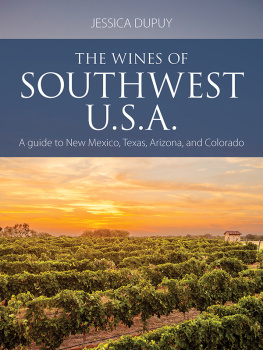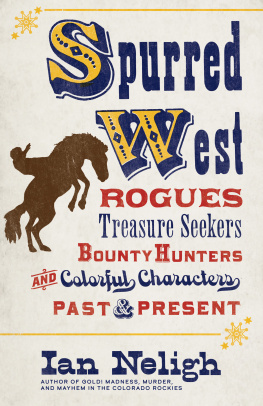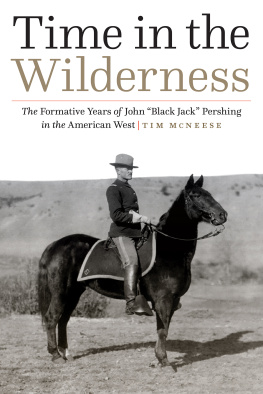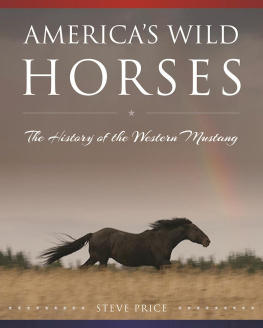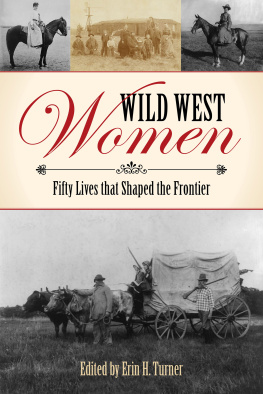The Bisbee story began in 1877 when a US Army lieutenant in command of a troop of calvary found what he believed to be copper ore. He later told a prospector about his discovery, hoping to eventually partner with him in staking mining claims in the area. But his confidant cut the officer out of the deal and the lieutenant gained nothing from his discovery of what turned out to be one of the worlds richest copper mining districts. The Copper Queen Mine opened in 1880, which marked the beginning of Bisbee. Known as the Queen of the Copper Camps, for a time the mining boomtown ranked as the largest city between St. Louis and Denver. Tombstone surpassed it in violence, but Bisbee made a notable showing. Known as Brewery Gulch, the roughest part of Bisbee had more than two score saloons, gambling joints, and houses of negotiable female affection. By the time the mines closed in 1975, the area had yielded more than $6 billion in gold, silver, copper, lead, and zinc.
With twenty-five historically significant buildings dating back more than a century, once-booming Bisbee showcases its Wild West roots in a way few Southwestern towns can. Most of the historic structures are within the Bisbee Historical District, listed on the National Register of Historic Places.
The Bisbee Massacre
As with all mining towns, Bisbee was about making money. That could be done honestly through hard work, easily with good luck, or even more easily by simply appropriating someone elses money by illegal means.
When John Heath heard the $7,000 payroll for the Copper Queen Mining Company would be stored in the safe at Goldwater-Castenada Mercantile (which also served as a bank), he conspired with others to rob the store. Unfortunately for the robbers, the payroll had not yet arrived, and they netted very little from the safe. More unfortunately for all concerned, five innocent bystanders, including a pregnant woman and her near-term child, died in the shooting that broke out as the robbers fled town that cold night of December 8, 1883.
Among those who breathlessly showed up to join a posse in pursuit of the outlaws was Heath. The posse failed to find the robbers that evening, but within weeks all the suspects had been captured. From them, the authorities learned of Heaths role in planning the robbery.
The five direct participants in the robberyWilliam (Billy) Delaney, Daniel (Big Dan) Dowd, James (Tex) Howard, Daniel (York) Kelly, and Comer W. (Red) Samplewere taken to the county seat in Tombstone for trial. Soon convicted, they were sentenced to hang. Heath, who was tried separately, received a sentence of life in prison, one he would never serve (see Tombstone).
The holdup and subsequent shoot-out took place in and outside of the store located at 26 Main Street and opened earlier that year by Prussia native Joseph Goldwater, grandfather of former US senator and presidential candidate Barry Goldwater. Now known as the Letson Block, the buildings were constructed between 1883 and 1888. After a fire destroyed most of Main Street in 1888, the buildings were rebuilt. One was occupied by the Turf Saloon, which flourished until the Arizona Territorial legislature outlawed gambling in 1907. Still, the establishment survived another eight years until the state began enforcing the prohibition of alcohol in 1915.
Irish immigrant James Letson, a Cochise County lawman and Bisbee city councilman, and his wife Maggie opened the Mansion House Hotel on Main Street in 1890. In 1902, the hotel was renamed the Letson Loft Hotel (26 Main St.; 520-432-3210) and is still in business today.
The Bisbee Mining and Historical Museum (5 Copper Queen Plaza; 520-432-7071) is Arizonas largest mining museum, the first in the Southwest to become a Smithsonian affiliate. The museum occupies the 1896-vintage Phelps Dodge headquarters, which the company used until 1961. Ten years later, it was listed on the National Register of Historic Places.
The Queen Mine (478 North Dart Rd.; 520-432-2071), once Arizonas mother lode of copper ore, is no longer being worked but visitors can take a tour 1,500 feet down into the mine. Retired Phelps Dodge miners serve as guides. Those taking the tour will be fitted with a miners hard hat, head lamp, and yellow slicker.
Built in 1902, the Copper Queen Hotel (11 Howell St.; 520-432-2216) is Arizonas oldest continuously operated hotel. Famous guests over the years range from President Theodore Roosevelt to John Wayne to Julia Roberts.
During the Great Depression, artist R. Phillips Sanderson earned $180 from the federal Emergency Relief Administration to create a monument to Bisbees miners. Cast in concrete and covered with a thin layer of copper, the Miners Monument (100 Quality Hill Rd.) was completed in 1935 and is located across from the Cochise County courthouse. Bisbee native Lee Petrovitch posed for the sculpture.
Canyon de Chelly National Monument
Of the 574 federally recognized American Indian tribes, the Navajo Nation is the largest, their reservation covering northeast Arizona and parts of Utah and New Mexico. In the heart of Navajo land is the Canyon de Chelly National Monument, long a home for two score Navajo clans.
Established in 1931, the monument takes in some 84,000 acres and includes numerous archeological sites representing 4,000 years of human occupation.
To reach the park, take US 191 from Chinle and then turn east on Route 7. The parks visitor center (928-674-5500) is three miles off US 191. Cell and GPS service is spotty throughout the Navajo Nation, and the National Park Service urges visitors to take only the recommended route to the park.


